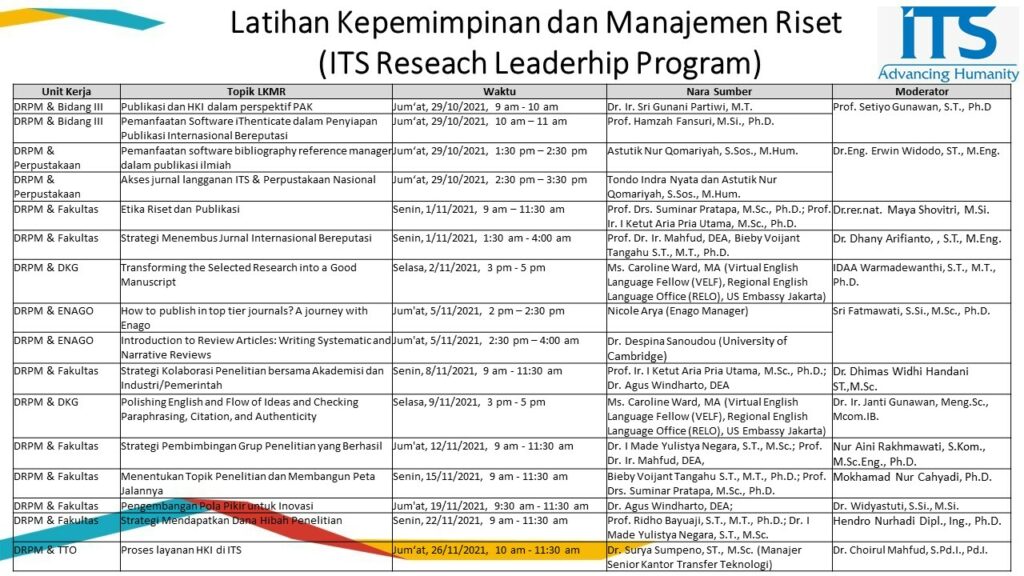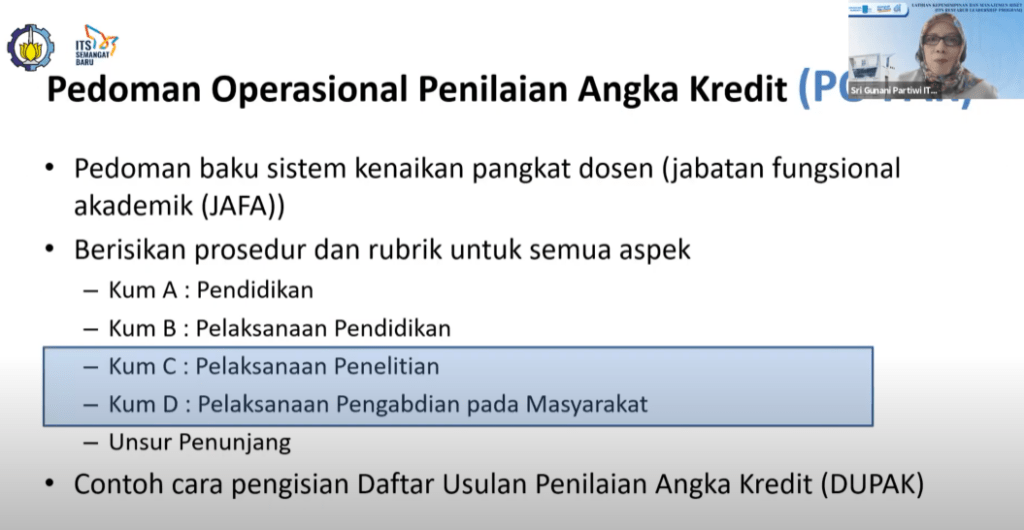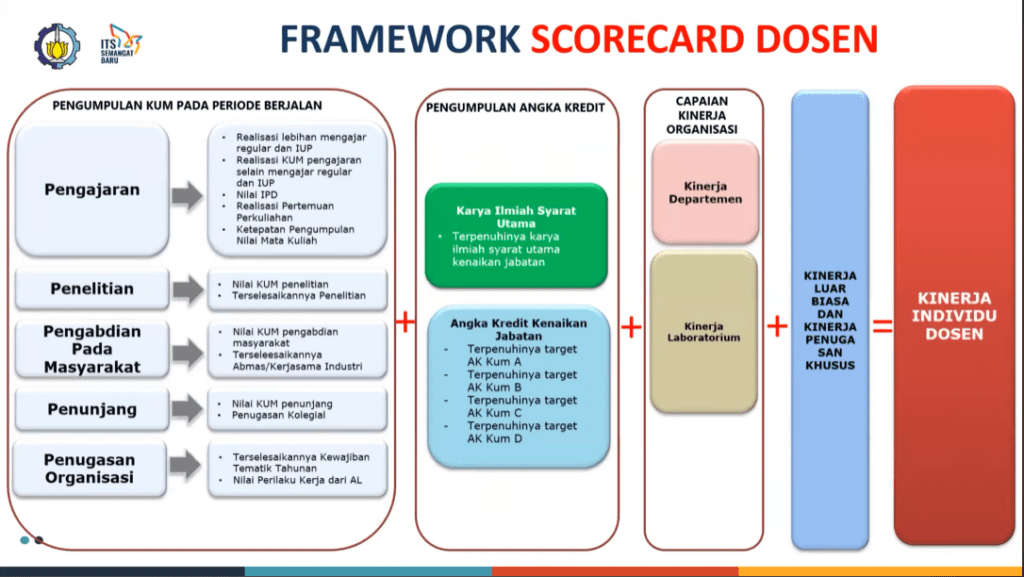A promotion system is an essential component of the professional career of a researcher. It provides a clear path for career advancement, offering opportunities for recognition, higher salaries, greater responsibility, and more challenging work. A well-structured promotion system can boost researcher motivation by acknowledging their contributions and encouraging them to push the boundaries of knowledge in their fields. Furthermore, it serves as a quality control mechanism, ensuring that researchers achieve a high level of excellence and productivity before advancing.
For institutions and organizations, retaining brilliant researchers is crucial. A promotion system supports this by providing career progression opportunities and recognizing achievements, thereby incentivizing innovation and the pursuit of knowledge. Holding a higher academic position also offers numerous advantages, including increased influence over institutional policies and curriculum, access to new responsibilities and professional development opportunities, and networking with other educational leaders, fostering collaborations and partnerships. Ultimately, career advancement within academia allows individuals to make a meaningful impact on faculty, staff, students, and the broader academic community.
Institut Teknologi Sepuluh Nopember (ITS) has implemented a promotion system that acknowledges and supports interdisciplinary research among its faculty members. This system emphasizes various aspects such as education, research, and community service. Specifically, in the realm of research, ITS encourages faculty to publish in international journals and produce research outputs that have direct societal applications. Engaging in interdisciplinary research facilitates researchers in achieving these goals more efficiently, thereby enhancing their prospects for promotion.
Additionally, ITS has established 12 study centers dedicated to various interdisciplinary fields, further promoting collaborative research efforts. These centers serve as platforms for researchers from diverse disciplines to collaborate on projects that address complex societal challenges, thereby enriching the research culture and contributing to faculty career progression. Moreover, ITS has implemented a structured promotion system for interdisciplinary research, particularly in STEM fields, where collaboration across disciplines is often essential for innovation. One notable example is ITS’s flagship research on Intelligent Health Care in 2021, aimed at assisting the medical industry during the pandemic. Researchers from the departments of electrical engineering, informatics, and mechanical engineering collaborated to develop RAISA (Robot Medical Assistance ITS-Surabaya), which supported medical professionals by reducing direct contact with COVID-19 patients. As a result, numerous ITS researchers received recognition and promotions for their contributions.
ITS continues to refine its promotion system to support interdisciplinary research, ensuring that researchers have the necessary framework to achieve career growth while contributing to impactful, high-quality research. One of ITS’ efforts to support faculty in understanding the promotion mechanism is through informational webinars. For example, on January 3, 2023, ITS organized a webinar titled “Explanation of Credit Numbers, Promotion & Lecturer Functional Position Levels.”, that aimed to clarify the latest mechanisms concerning credit numbers and functional positions, ensuring that lecturers are well-informed about the promotion process and criteria.
Through these initiatives, ITS demonstrates its commitment to fostering an academic environment that values collaboration, innovation, and professional growth. By continuously enhancing its promotion system and supporting interdisciplinary research, ITS ensures that its faculty can advance their careers while making meaningful contributions to society.



